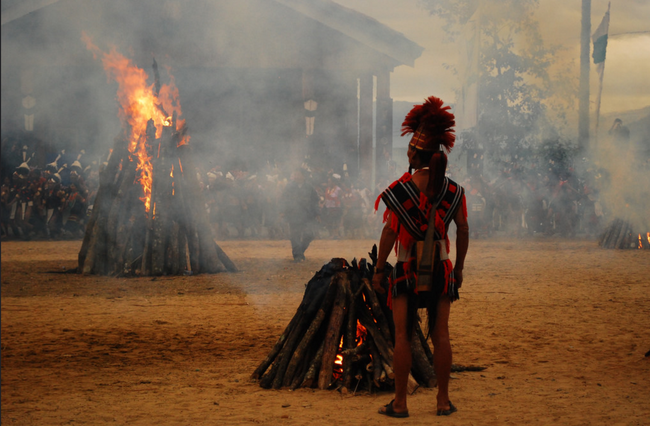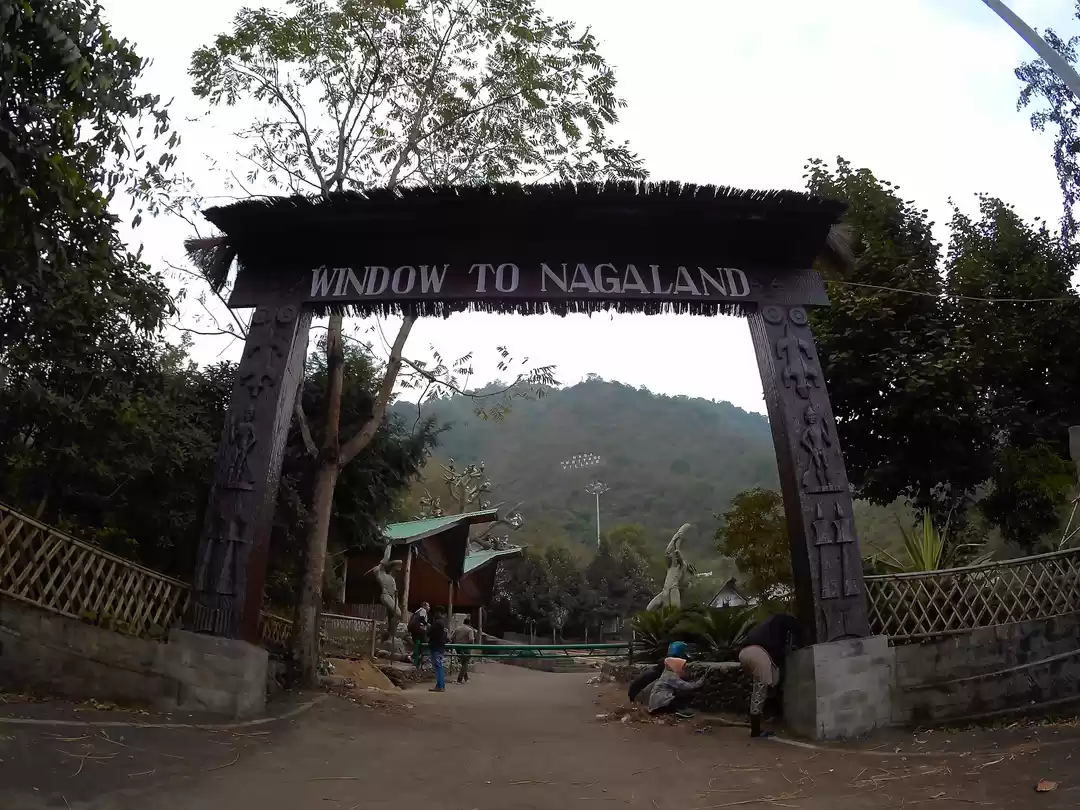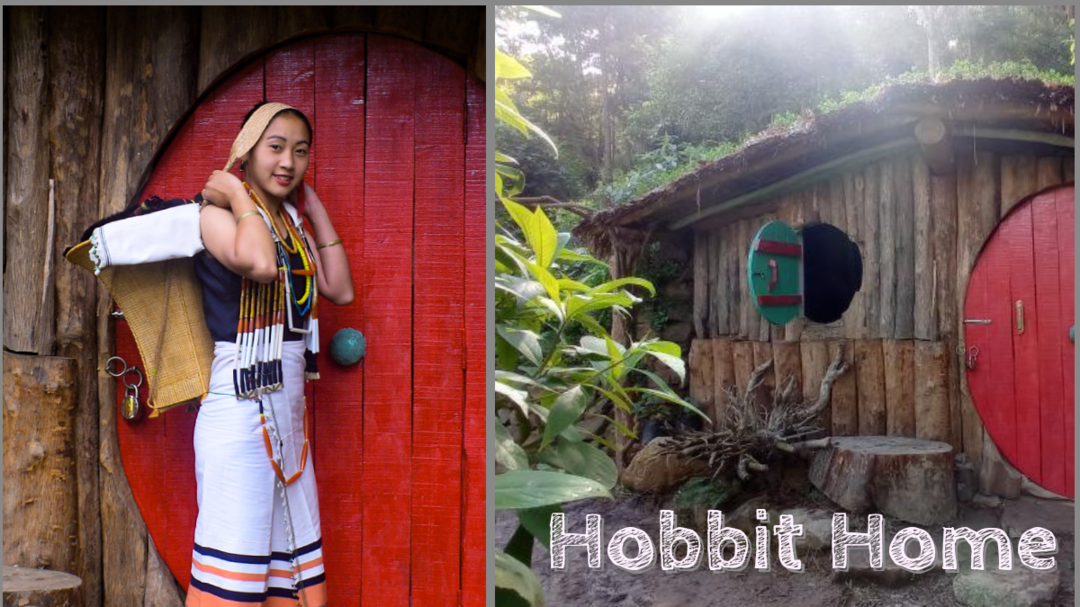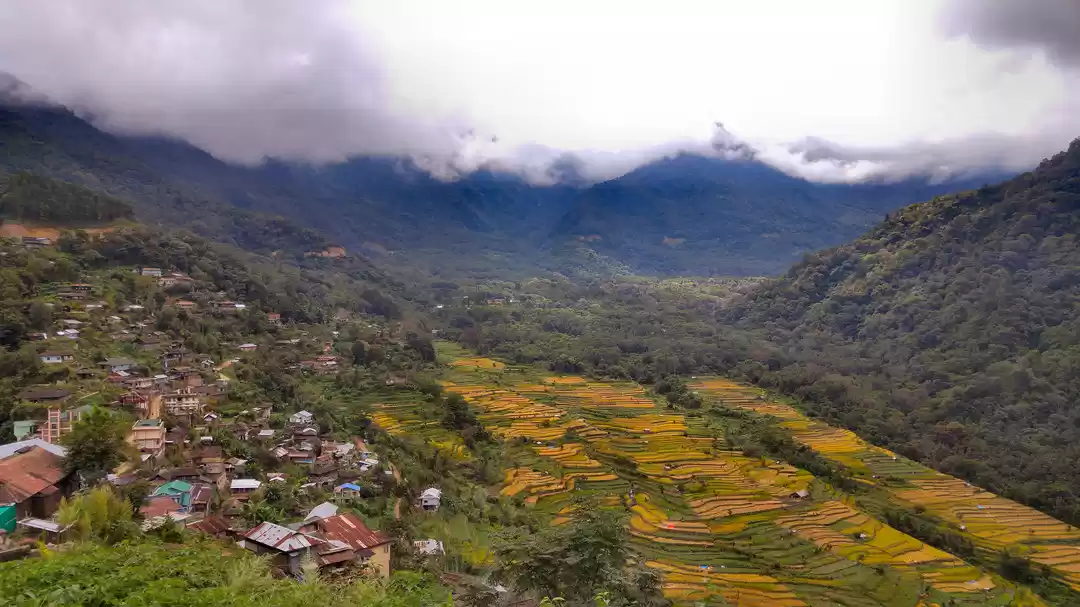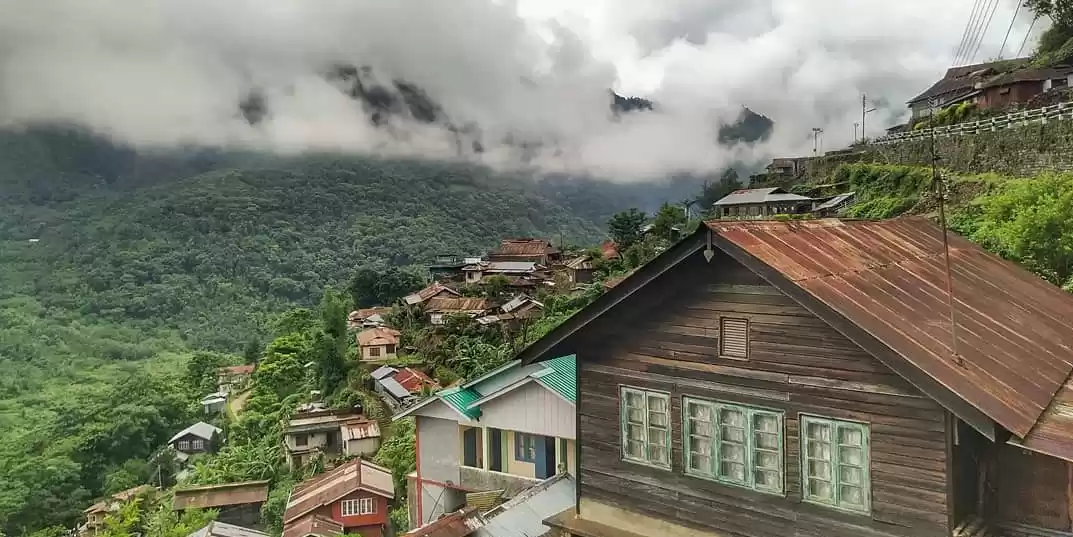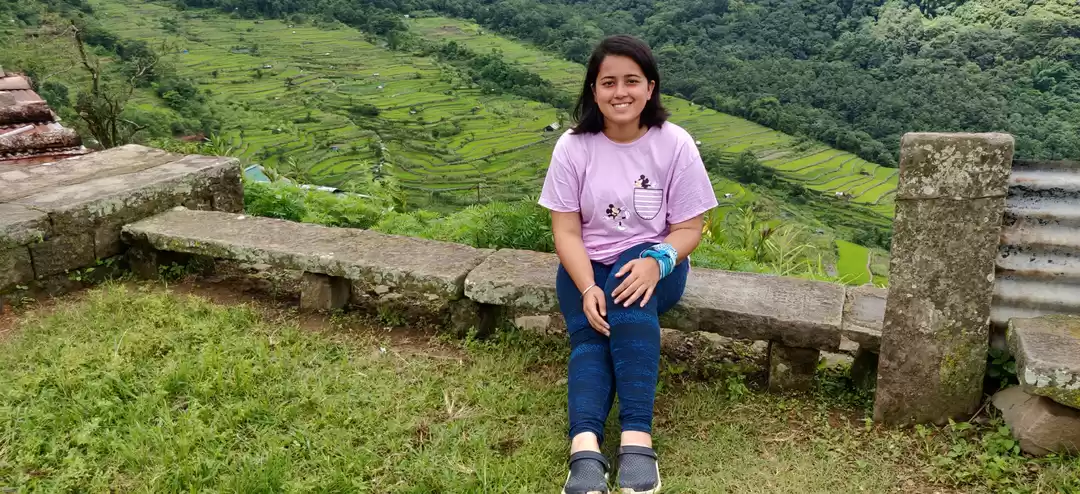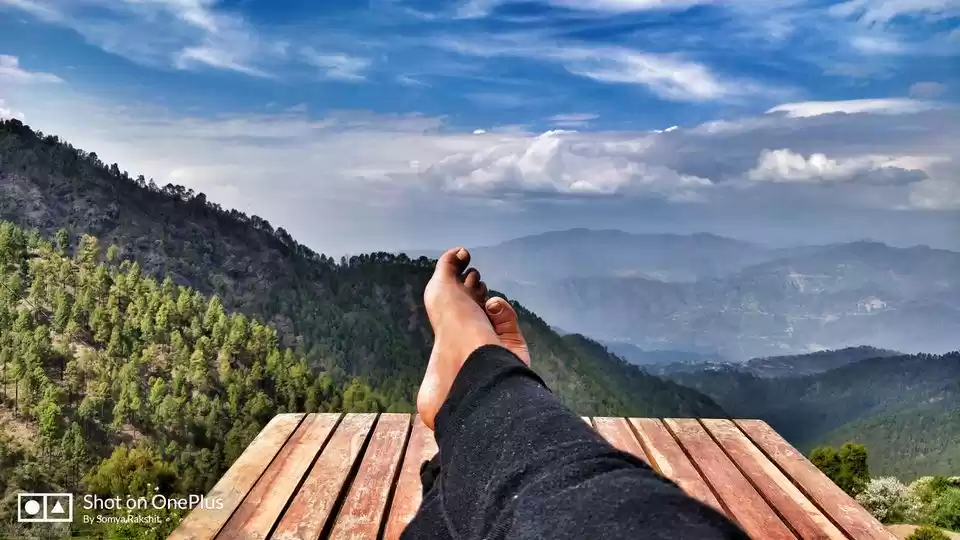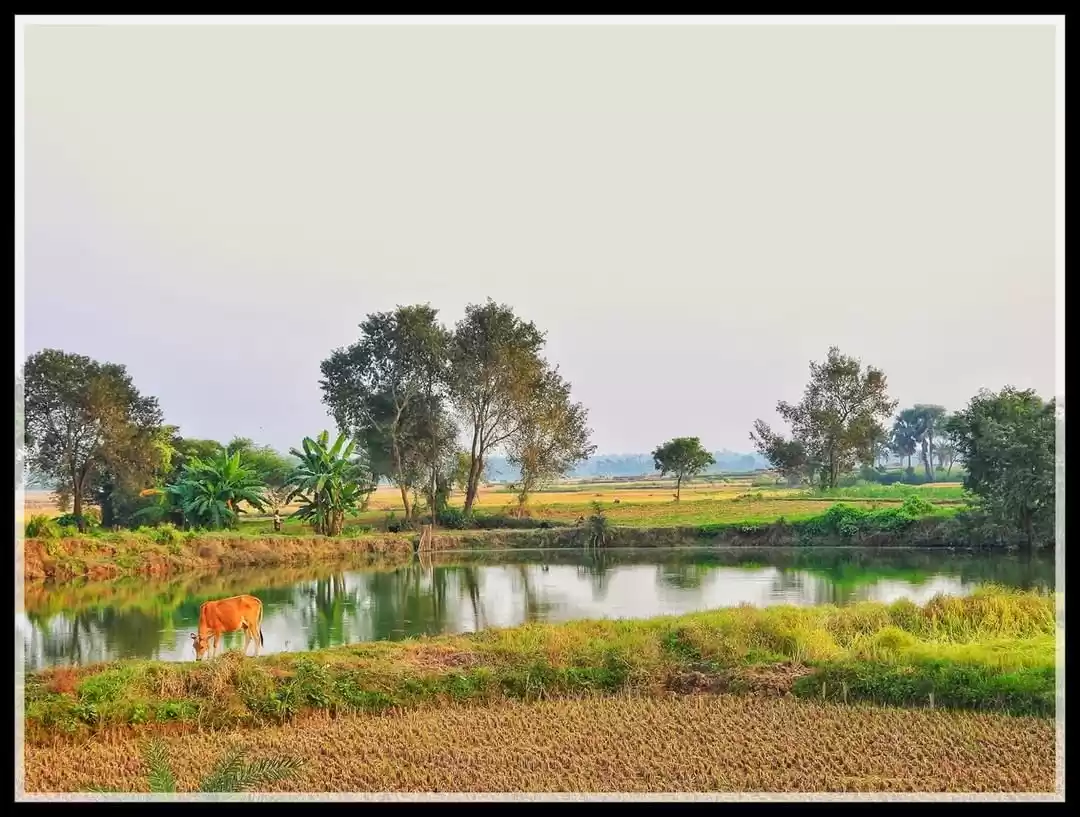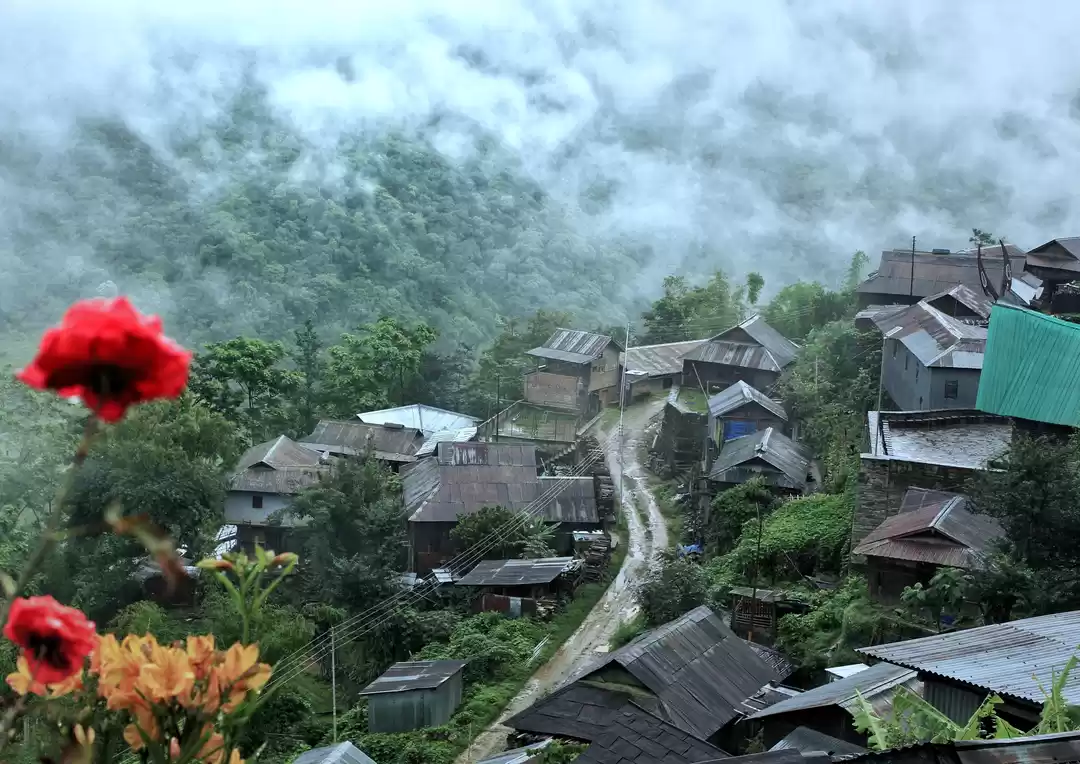Have you ever wondered what it would be like to visit a village that is completely eco-friendly and sustainable? A village that has preserved its rich history and culture, while also protecting its wildlife and environment? A village that offers scenic views, diverse experiences, and authentic cuisine? If yes, then you should definitely visit Khonoma Village, India’s first green village and a model of eco-tourism.
Khonoma Village is a small village located in the Kohima district of Nagaland, a state in Northeast India. It is home to the Angami tribe, one of the major tribes of Nagaland. Khonoma Village is famous for its history, culture, wildlife conservation, and eco-tourism attractions. It is also known as the warrior village, as it was the site of a fierce battle between the British and the Angami warriors in 1879. Khonoma Village is a must-visit destination for anyone who loves nature, culture, and adventure.
In this article, we will tell you everything you need to know about Khonoma Village, India’s first green village and a model of eco-tourism. So, let’s get started!
History and Culture of Khonoma Village
Khonoma Village has a rich and fascinating history and culture. The name Khonoma comes from the word “Khwuno”, which means a local plant that grows in the area. The Angami tribe, who inhabit Khonoma Village, have a unique culture and tradition that they have preserved for centuries. They are known for their bravery, hospitality, and craftsmanship.
One of the most remarkable events in the history of Khonoma Village is the Battle of 1879, which took place between the British and the Angami warriors. The British wanted to collect taxes from the Angami tribe, but they resisted and fought back. The British laid siege to Khonoma Village, which lasted for four months. The Angami warriors defended their village with courage and skill, using their fortifications and guerrilla tactics. The British suffered heavy casualties and eventually agreed to a peace treaty with the Angami tribe. The Battle of 1879 is considered as one of the first acts of resistance against the British colonial rule in India.
Another significant event in the history of Khonoma Village is the hunting ban and lifestyle change that took place in the late 20th century. The Angami tribe were traditionally hunters, who relied on hunting for food and income. However, they realized that hunting was depleting their wildlife resources and threatening their environment. They decided to ban hunting and adopt a more sustainable and eco-friendly lifestyle. They formed the Khonoma Nature Conservation and Tragopan Sanctuary (KNCTS), a community-led initiative that aims to protect the wildlife and environment of Khonoma Village. The hunting ban and lifestyle change have transformed Khonoma Village from a hunting village to a green village.
Wildlife Conservation Efforts of Khonoma Village
Khonoma Village is blessed with a diverse and rich landscape and biodiversity. It is surrounded by terraced paddy fields, forested hillsides, and streams. It is home to a variety of flora and fauna, including many rare and endangered species. Some of the notable species that can be found in Khonoma Village are:
Blyth’s tragopan: A colorful and beautiful pheasant that is the state bird of Nagaland. It is also known as the Naga pheasant, and is considered as a sacred bird by the Angami tribe. It is one of the most threatened pheasants in the world, due to habitat loss and hunting.
Mithun: A semi-domesticated bovine that is the state animal of Nagaland. It is also known as the gayal, and is revered by the Angami tribe. It is used for meat, milk, and ceremonial purposes. It is one of the largest and heaviest bovines in the world, and can weigh up to 1000 kg.
Hornbill: A large and majestic bird that is the symbol of Nagaland. It is also known as the king of the birds, and is respected by the Angami tribe. It is used for its feathers, beak, and bones, which are used for ornaments and rituals. It is one of the most threatened birds in the world, due to habitat loss and hunting.
The wildlife conservation efforts of Khonoma Village are commendable and inspiring. The villagers have taken various measures to protect their wildlife and environment, such as:
Creating the KNCTS, which covers an area of 70 sq km, and is the first community-led conservation initiative in India. The KNCTS aims to conserve the biodiversity and ecosystem of Khonoma Village, and provide livelihood opportunities for the villagers.
Enforcing the hunting ban, which prohibits any form of hunting or trapping of wildlife in Khonoma Village. The hunting ban is strictly monitored and implemented by the village elders and conservationists, who educate and motivate the villagers to respect and protect their wildlife.
Promoting eco-tourism, which encourages visitors to appreciate and enjoy the wildlife and environment of Khonoma Village, without harming or disturbing them. The villagers offer various eco-tourism attractions and activities, such as birdwatching, nature walks, camping, etc.
The wildlife conservation efforts of Khonoma Village have resulted in many benefits for the environment and the economy, such as:
- Increasing the population and diversity of wildlife, especially the Blyth’s tragopan, which has become more visible and abundant in Khonoma Village.
- Improving the quality and quantity of water, soil, and air, which has enhanced the health and productivity of the villagers and their crops.
- Generating income and employment for the villagers, who have become guides, homestay owners, handicraft makers, etc.
Eco-Tourism Attractions of Khonoma Village
Khonoma Village is a paradise for eco-tourism lovers, who can enjoy a variety of attractions and experiences that showcase the beauty, culture, and lifestyle of Khonoma Village. Some of the eco-tourism attractions and experiences that you can enjoy in Khonoma Village are:
Scenic terraced paddy fields:
Khonoma Village is famous for its terraced paddy fields, which are carved on the slopes of the hills. The paddy fields are irrigated by a unique system of bamboo pipes, which channel the water from the streams. The paddy fields offer a stunning view of the greenery and the landscape of Khonoma Village.
Forested hillsides:
Khonoma Village is surrounded by forested hillsides, which are rich in biodiversity and ecosystem. The forested hillsides are home to many species of plants, animals, and birds, which can be observed and admired by the visitors. The forested hillsides also offer a refreshing and serene atmosphere, where you can relax and rejuvenate.
Birdwatching opportunities:
Khonoma Village is a haven for birdwatchers, who can spot and photograph many species of birds, especially the rare and endangered ones. Some of the birds that you can see in Khonoma Village are the Blyth’s tragopan, the hornbill, the great barbet, the grey-backed shrike, the rufous-bellied woodpecker, the yellow-billed blue magpie, etc.
Hobbit homes:
Khonoma Village has a unique and charming feature, which are the hobbit homes. These are small and cozy houses, made from bamboo poles and thatched roofs. They are inspired by the hobbit houses from the Lord of the Rings movies, and are designed to blend with the natural surroundings. The hobbit homes offer a comfortable and authentic stay for the visitors, who can experience the local culture and lifestyle of Khonoma Village.
Local cuisine and handicrafts:
Khonoma Village offers a delicious and diverse local cuisine, which is prepared from organic and fresh ingredients. Some of the dishes that you can try in Khonoma Village are the smoked pork, the bamboo shoot curry, the fermented soybean, the sticky rice, the millet beer, etc. Khonoma Village also offers a variety of local handicrafts, which are made from bamboo, wood, metal, etc. Some of the handicrafts that you can buy in Khonoma Village are the baskets, the mats, the pots, the knives, the necklaces, etc.
Travel Tips and Information for Visiting Khonoma Village
If you are planning to visit Khonoma Village, India’s first green village and a model of eco-tourism, you should keep in mind the following tips and information:
Best time to visit Khonoma Village:
The best time to visit Khonoma Village is from October to May, when the weather is pleasant and the scenery is beautiful. You can also visit Khonoma Village during the festivals and events, such as the Sekrenyi festival in February, the Angami festival in March, the World Environment Day in June, etc.
Inner Line Permit requirement:
To visit Khonoma Village, you Inner Line Permit requirement: To visit Khonoma Village, you need to obtain an Inner Line Permit (ILP), which is a document that allows you to enter and stay in Nagaland for a limited period of time. You can apply for an ILP online or offline, by providing your identity proof, address proof, passport size photo, and a fee of Rs. 50. You can also get an ILP on arrival at the Dimapur airport or the Kohima railway station, by showing your valid ID and paying the fee. The ILP is valid for 15 days, and can be extended for another 15 days, if needed.
How to reach Khonoma Village:
Khonoma Village is located about 20 km from Kohima, the capital of Nagaland. You can reach Khonoma Village by air, rail, bus, or private cab. Here are the options:
By air: The nearest airport to Khonoma Village is the Dimapur airport, which is about 74 km away. You can take a flight to Dimapur from major cities like Delhi, Kolkata, Guwahati, etc. From Dimapur, you can take a bus or a taxi to Kohima, which will take about 3 hours. From Kohima, you can take another bus or a taxi to Khonoma Village, which will take about an hour.
By rail: The nearest railway station to Khonoma Village is the Kohima railway station, which is about 15 km away. You can take a train to Kohima from major cities like Delhi, Kolkata, Guwahati, etc. From Kohima, you can take a bus or a taxi to Khonoma Village, which will take about an hour.
By bus: You can take a bus to Kohima from major cities like Delhi, Kolkata, Guwahati, etc. The bus fare will vary depending on the distance and the type of bus. From Kohima, you can take another bus or a taxi to Khonoma Village, which will take about an hour.
By private cab: You can also hire a private cab to Khonoma Village from Dimapur or Kohima, which will cost you around Rs. 2000 to Rs. 3000, depending on the distance and the type of cab. The cab ride will take about 3 hours from Dimapur, or an hour from Kohima.
Where to stay in Khonoma Village
Khonoma Village offers a range of accommodation options, from luxury resorts to homestays. You can choose the one that suits your budget and preference. Here are some of the options:

Luxury resorts:
If you want to enjoy a comfortable and luxurious stay in Khonoma Village, you can opt for the luxury resorts, such as the Khonoma Nature Resort, the Khonoma Green Resort, or the Khonoma Eco Resort. These resorts offer spacious and well-furnished rooms, with amenities like TV, AC, Wi-Fi, etc. They also have restaurants, swimming pools, spas, etc. The tariff for these resorts ranges from Rs. 4000 to Rs. 6000 per night, depending on the season and the type of room.
Homestays:
If you want to experience the authentic and traditional culture and lifestyle of Khonoma Village, you can opt for the homestays, such as the Khonoma Homestay, the Khonoma Village Homestay, or the Khonoma Heritage Homestay. These homestays offer cozy and simple rooms, with basic amenities like bed, fan, heater, etc. They also provide home-cooked meals, made from organic and local ingredients. The tariff for these homestays ranges from Rs. 1000 to Rs. 2000 per night, depending on the season and the type of room.
What to do in Khonoma Village
Khonoma Village offers a variety of activities and experiences that you can enjoy during your visit. Some of the things that you can do in Khonoma Village are:

Explore the village:
You can take a walk around the village, and admire the architecture, the culture, and the lifestyle of the villagers. You can visit the fort, the morungs, the graves, the churches, etc. You can also interact with the villagers, and learn about their history, stories, and traditions.
Enjoy the nature:
You can enjoy the nature and the scenery of Khonoma Village, by taking a nature walk, a trek, or a camp. You can visit the paddy fields, the hillsides, the streams, etc. You can also spot and photograph the wildlife, especially the birds, in the KNCTS.
Experience the cuisine:
You can experience the cuisine of Khonoma Village, by tasting the local dishes, such as the smoked pork, the bamboo shoot curry, the fermented soybean, the sticky rice, the millet beer, etc. You can also learn how to cook these dishes, by taking a cooking class from the villagers.
Shop for handicrafts:
You can shop for handicrafts in Khonoma Village, by buying the local products, such as the baskets, the mats, the pots, the knives, the necklaces, etc. You can also learn how to make these products, by taking a handicraft class from the villagers.
Khonoma Village is India’s first green village and a model of eco-tourism, that offers a unique and memorable experience for the visitors. It is a place where you can learn about the history, culture, wildlife conservation, and eco-tourism attractions of Khonoma Village. It is a place where you can enjoy the scenic views, diverse experiences, and authentic cuisine of Khonoma Village. It is a place where you can respect and appreciate the nature, culture, and lifestyle of Khonoma Village.
If you are looking for a destination that is eco-friendly, sustainable, and beautiful, then you should definitely visit Khonoma Village, India’s first green village and a model of eco-tourism. You will not regret it!
We hope you enjoyed reading this article, and found it informative and engaging. If you have any questions, comments, or feedback, please feel free to share them with us. We would love to hear from you!
Thank you for choosing Tripoto, your trusted travel partner. We wish you a happy and safe journey!



